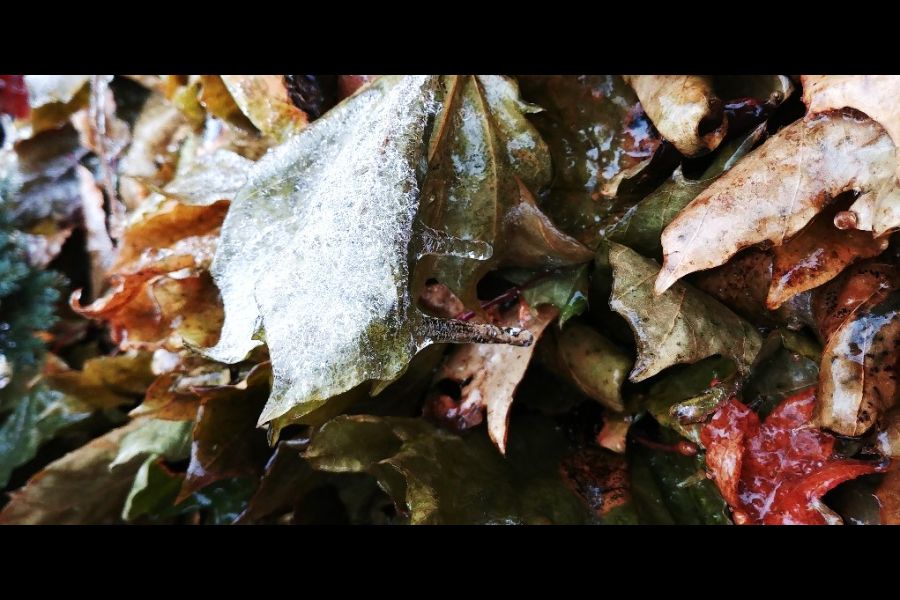Kyra Simone
Special to The Lake Report
With fall around the corner, it's time to prepare gardens for the oncoming cold. Our first thought is to clear away dead plants, but it's actually better to leave some clean up until spring.
New plants may be added and the last summer bounty harvested before first frost.
DIY fertilizing mulch: Fallen leaves are important shelter for hibernating insects and amphibians. This way, leaves are also a source of insects for birds during cold months when food is limited.
Now is a good time to add compost and mulch to supplement nutrients and prevent winter damage. Using fallen leaves instead of these products saves money and yields the same benefits.
Doing so is “investing in the future health of your garden,” says Niagara College horticulture Prof. Paul Zammit.
After raking, leaves can be mulched with a lawnmower and used in gardens. Microbes break down organic matter and release nutrients into the soil, for plants to readily access in spring.
Or, forgo raking altogether and mow fallen leaves into the lawn. Small fragments will break down over winter, add nutrients and help prevent weeds in bare areas.
Piling mulched leaves around the base of perennials insulates and prevents root damage from freezing and thawing.
Consider using leaf mulch instead of peat moss, which adds few nutrients. Peat harvesting also hurts important peatland environments that take greenhouse gases out of the atmosphere.
You might even skip cutting back dead grasses and leave plant matter on the garden floor. Cleared soil is vulnerable to erosion and the cold can kill helpful soil critters.
Leaving dead stalks also provides seeds for birds and overwintering habitat for pollinators. The exception: remove diseased material to prevent resurgence.
Adding new life: Trees and shrubs can be planted six weeks before frost. Water plantings until the ground freezes so roots can access water during spring thaw.
Spring-flowering bulbs should be planted before late October. Planting hair from a pet or hairbrush with bulbs may deter hungry squirrels.
Cayenne pepper deterrent is painful for pets and pests alike. Garlic or peppermint are other humane alternatives.
Tender bulbs like gladiolus and dahlia should be dug up before frost. They can be saved for next year by cutting off leaves and storing in a cool, dry place.
A final harvest: For herb gardens still bursting with life, we can preserve fresh flavour for winter cooking. Harvest leaves now but leave roots to regrow in spring.
Bundles of herbs like oregano, thyme and rosemary can dry upside-down in a well-ventilated area.
Basil, parsley and other leafy herbs can be preserved for several months by freezing. Chopped herbs are easily stored in ice cube trays, topped up with water or blended with oil.
In other beds, saving some seeds and spreading the rest provides insurance that plants will regrow, says Zammit. Keep seeds dark and dry, or in the fridge, and check regularly for mold.
As we buckle down for winter, keeping the garden tidy and healthy can truly go hand in hand.
Kyra Simone is a NOTL-born nature lover with a master's degree in biology. In her spare time, she advocates for sustainable change, picks up garbage, makes recycled jewelry, and transforms furniture bound for the landfill.










